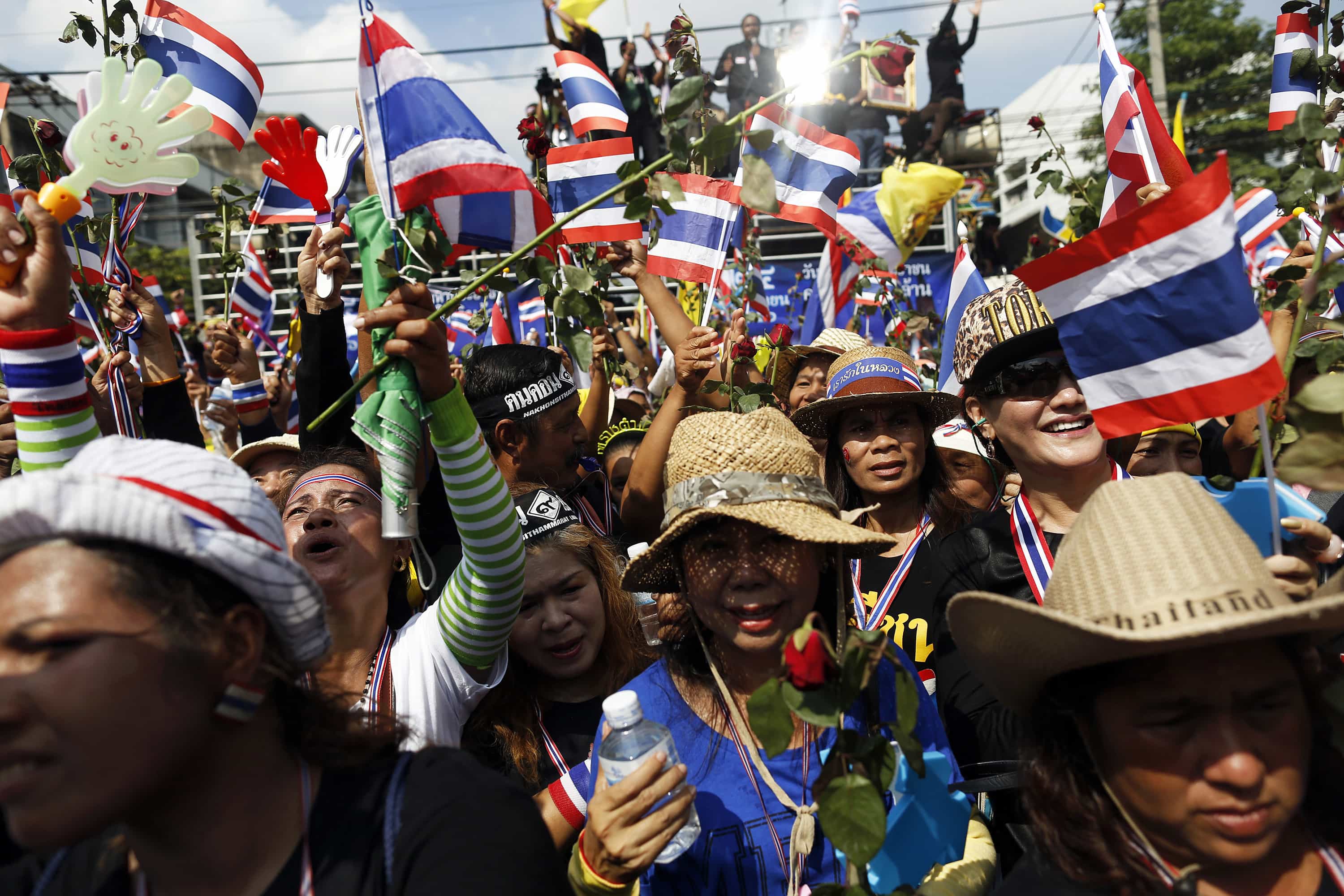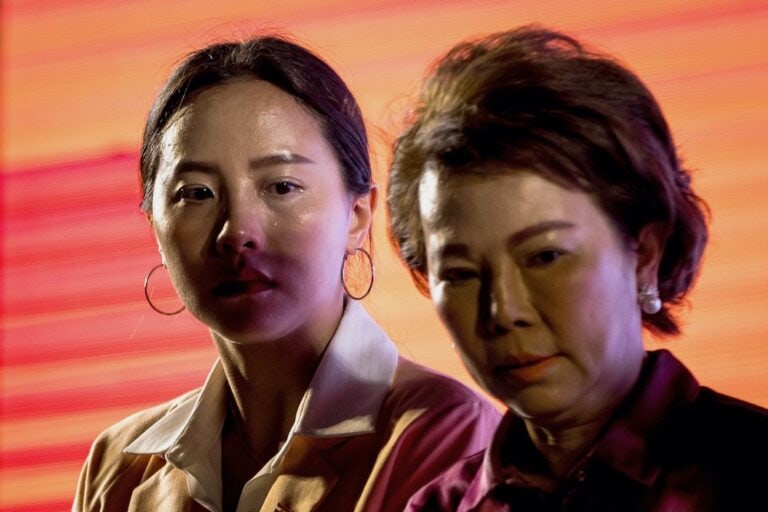The Southeast Asian Press Alliance expresses deep concern over incidents at the recent protests in Bangkok, which saw media being attacked for their role in reporting unfolding incidents in Thailand.
The Southeast Asian Press Alliance (SEAPA) expresses deep concern over incidents at the protests in Bangkok on 25 November 2013, which saw media being attacked for their role in reporting unfolding incidents in Thailand.
Simultaneous rallies were held in front of five state-owned TV stations protesting the alleged unfair coverage by the media of demonstrations, which have intensified since the beginning of November.
At midday, a German freelance photojournalist was attacked by protesters after being singled out in a crowd by the protest leader who urged rally guards to “chase him away”. Nick Nostitz was slightly injured in the incident, and was saved from further harm after police led him away from his attackers.
We must specifically call out the irresponsible action of protest leader Jumpol Chumsai, a resigned Democrat MP, whose pinpointing of Nostitz triggered the assault. It is doubly serious that Nostitz was wearing an armband that clearly identifies him as a journalist, in keeping with measures adopted by the larger media community on how to keep safe. In a highly charged political atmosphere such as a protest, calling on protesters to “chase” a specific person believed belonging to an opposing camp is almost a direct incitement to violence.
On the other hand, the protests in front of TV stations can be interpreted as a direct coercion for media to report matters according to protesters’ views. These are no different from pressures faced by journalists from media owners and the state to slant news in their favour. It really does not matter from which group the pressure is coming, what is important is that these acts ultimately harm the professional media from keeping the public informed and channeling diverse political views.
SEAPA fears these incidents indicate a growing intolerance in society as tension builds up among political actors, who continue to threaten not just press freedom and professionalism in the country, but also on a larger scale freedom of opinion and expression among the public.
SEAPA hopes that these two incidents do not mark a dangerous turn in the protests that endanger media freedom and freedom of expression. We must emphasize that such incidents are not isolated in the context of Thailand’s ongoing political turmoil, having been committed by both sides of the divide since 2006 – and not just to the media.
It is quite unsettling that these incidents occurred immediately after a global campaign to stop impunity for violence against the media and free expression. These incidents demonstrate the urgent need for the Thai state to take responsibility for acts of violence against civilians including journalists and for taking a proactive role to protect the independence and professionalism of the press.
We fully support the statement of colleagues at the Thai Journalists Association – a SEAPA member – for calling on both sides not to obstruct the work of the media, and for journalists to exercise their professed duty of keeping the public informed amidst the tense situation.
Background
Protesters attack journalist, stage rallies in TV stations
On 25 November, German photographer Nick Nostitz was attacked by anti-government protesters in Bangkok after being singled out by a protest leader “redshirt journalist”.
Local televisions and radio reports said that Nostitz was assaulted by protest guards after protest leader, Jumpol Chumsai, a former Democrat member of parliament, who was speaking on via a loudspeaker said in Thai “That’s the foreign red-shirt reporter, chase him out of here”.
He was covering the rally in front of the Metropolitan Police Headquarters when the incident happened.
Nostitz received punches to his face, and was saved from further harm after police stepped in.
The incident was reported live on the pro-Democratic Party satellite TV channel BlueSky, which later interviewed several people who defended the attack.
According to Prachathai news website, Nostitz was attacked despite wearing a green armband identifying him clearly as a journalist. The TJA issued the said armbands to foreign and local reporters in anticipation of violence occurring at protests earlier this year.
The incident prompted a strong reaction from the Foreign Correspondents Club of Thailand, calling upon both sides to respect the rights of journalists.
Prachathai confirmed Mr. Nostitz has been covering the political rallies of both the red-shirts and the yellow-shirts since 2006. He freelanced for several magazines including the German newspapers Stern and Der Spiegel.
Protesting in front of TV stations
The incident occurred at the same time as demonstrators also rallied in front of five television stations, including channels 3, 5, 7, 9 and 11, to pressure them for a “fair coverage” of the ongoing rally, which drew more than 100,000 people on Sunday, 24 November.
The TJA and the Thai Broadcast Journalists Association issued a joint statement (in Thai) saying that marchers have “no need” to protest media offices since these could be misunderstood as threatening the media and could hamper independent news coverage.
TJA and TBJA suggested protesters to channel their concern of unfair reporting to the media executives by simply sending a few representatives or submitting a letter.
The two organisations also urged the protesters and their leaders to respect the media freedom and allow journalists to cover the rally unhindered.
The statement also mentioned the incident involving Nostitz, requesting parties to recognize the role of professional media. They said that such acts could hinder the media from working independently.
They also urged the protesters and the government not to force the media to incite the public to hatred towards any group or justify the use of violence to suppress protests.
At the same time, both organisations urged the media to observe high standards of professionalism and ethics while covering the conflict situation and understand their role to seek and receive information and react to ongoing events.
Since the 2006 military coup that toppled then Prime Minister Thaksin Shinawatra, there had been several instances of violence and attacks against the media outlets, particularly those that did not report in favor of either side of the political conflicts. These incidents have also been used by both sides of the conflict to draw support to their respective causes.



